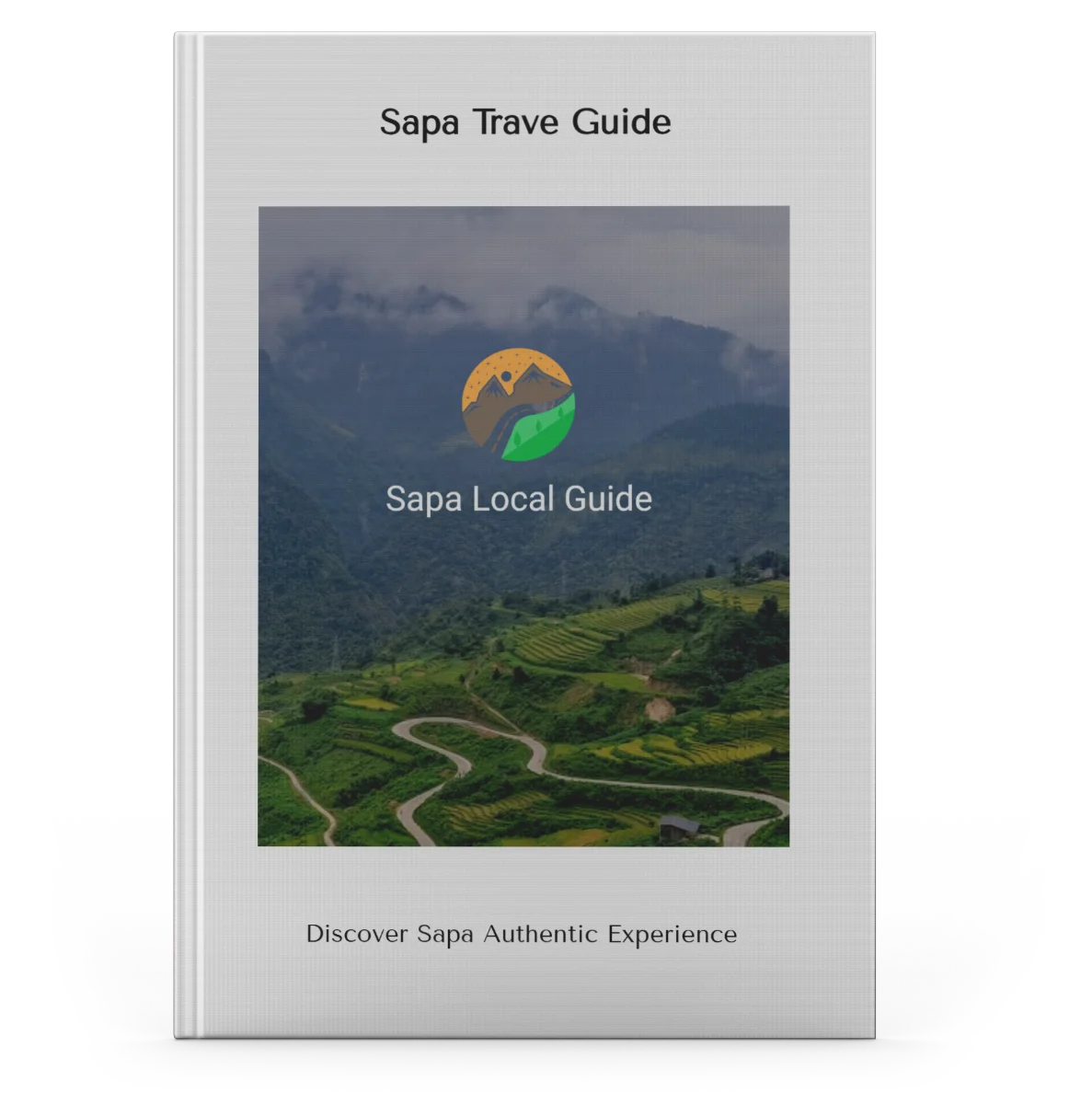![]()
Authentic Experience of Sapa
Sapa's charm goes beyond mountains! Explore unique ethnic cultures & traditions that make Sapa a must-visit for cultural enthusiasts
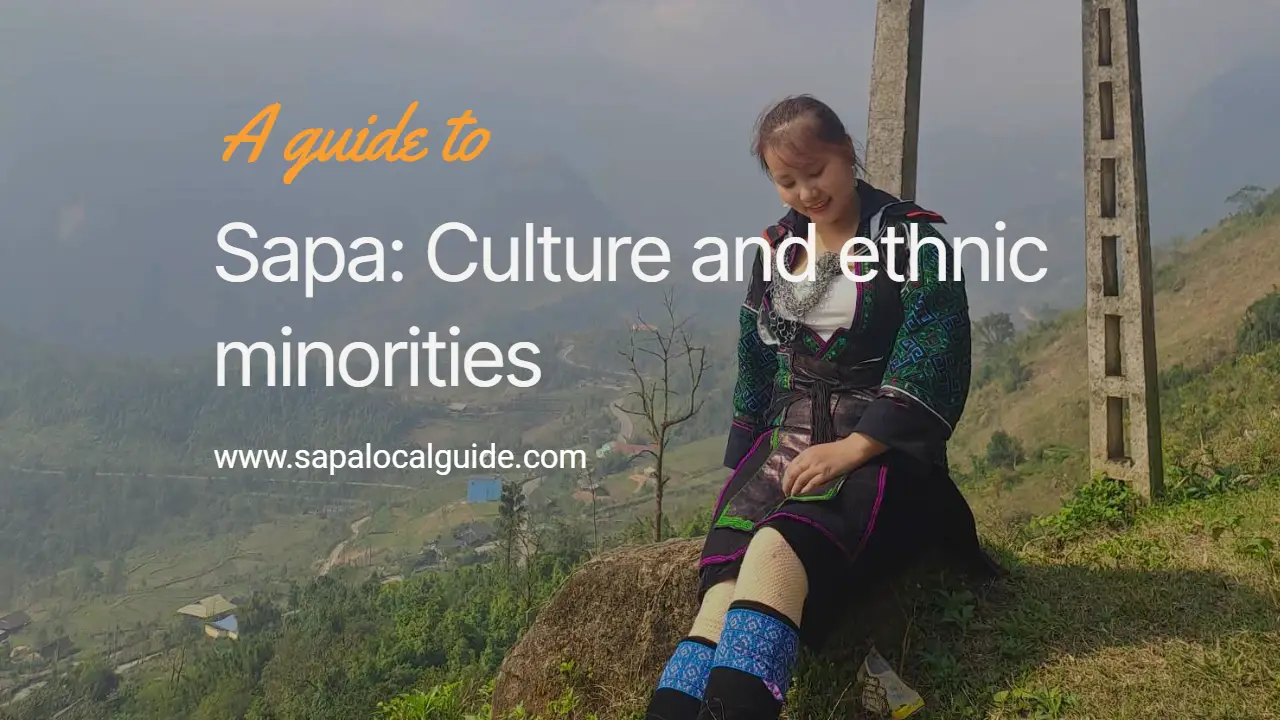
Ethnic minorities in Sapa – a unique cultural beauty for this famous tourist destination.
Tourists coming to Sapa are not only attracted by the majestic natural beauty but also love the cultural values and beauty that come from the people living in this Northwest mountainous land. ethnic minorities in Sapa. Images of the ethnic groups in Sapa make Sapa a top destination to explore Vietnamese culture for international friends.
Sapa is a small town in Lao Cai district, Northwest Vietnam, located at an altitude of 1600m above sea level with rugged terrain, so this is the main living place of Vietnamese ethnic minorities. make a living by farming and handicrafts. There are many ethnic groups living together in Sapa: H'mong ethnic group, Red Dao ethnic group, Tay ethnic group, Giay ethnic group, Xa Pho ethnic group. Let's join Sapa Local Guide to learn more about Sapa tourism through the unique cultural customs and traditions of each ethnic group in Sapa!
The Hmong ethnic group is the largest ethnic group in Sapa today (accounting for 52% of Sapa's population, so you can meet Hmong people very often when traveling to Sapa. The costumes of the Hmong people are very easy to recognize: Men usually wear black or dark blue pants and a black overcoat). short-sleeved shirt like a vest, with a long hem that reaches the buttocks in pure black or with brocade embroidery. Hmong women also often wear black clothes, black scarves, sleeveless and knee-length jackets.
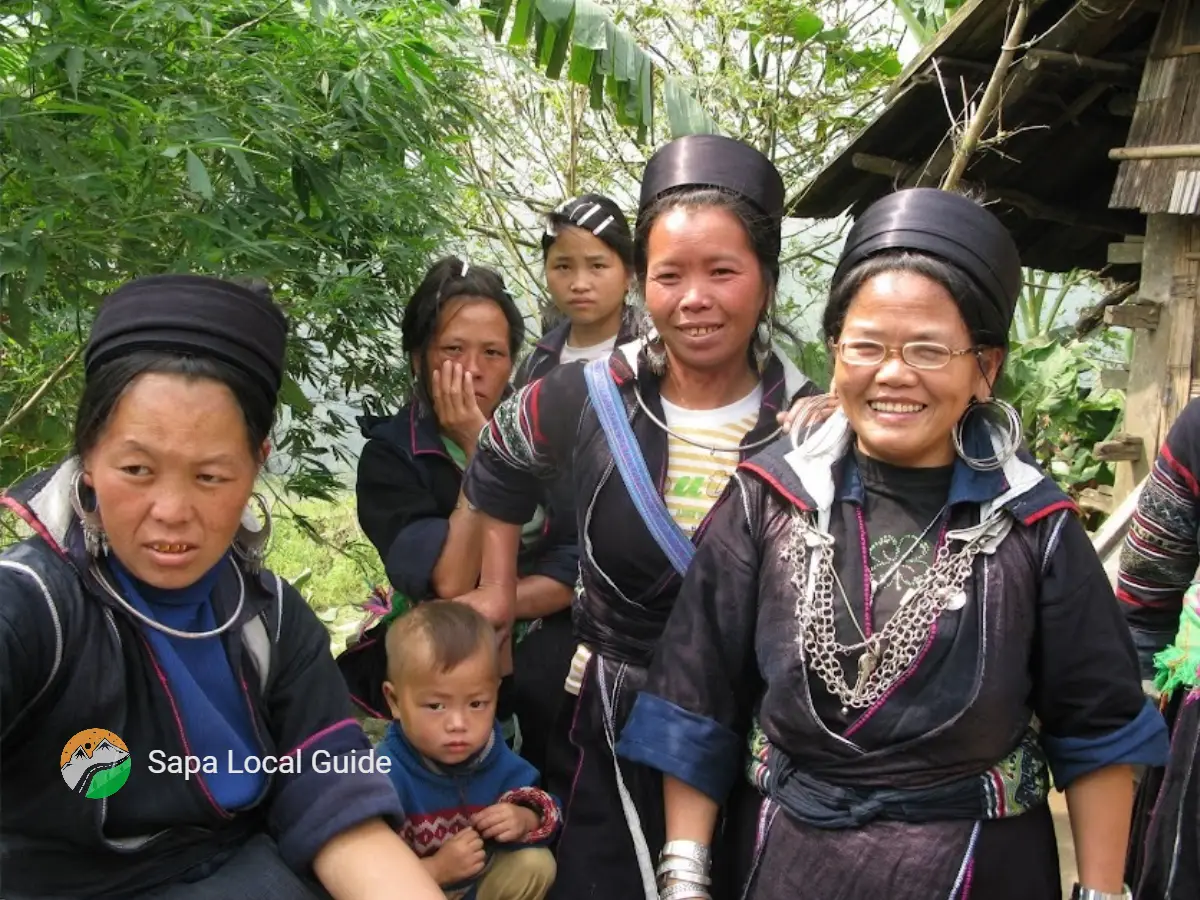
The special way to create shirts for H'mong women is that the shirt fabric is pressed with beeswax so the shirt has a silvery sheen. H'mong women do not wear skirts but wear knee-length shorts and wrap the outside with thin fabric tape.
H'mong people live in Sapa mainly on agricultural products and handicrafts. Agricultural products of the H'mong people are corn, upland rice, potatoes, barley, sesame, vegetables… In addition, the H'mong people also look at medicine and famous fruit trees in Sapa. like peach, peach, plum…
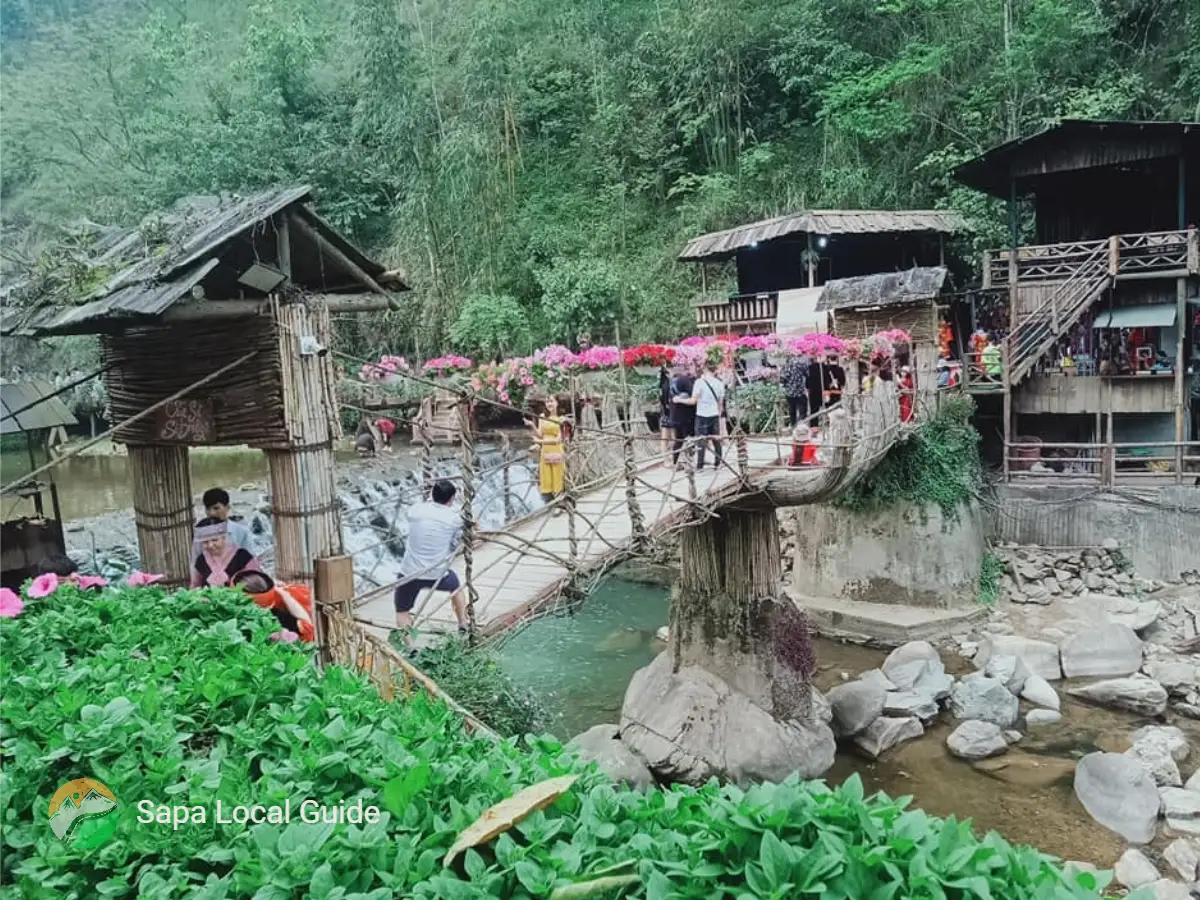
The extremely famous tourist destination of Sapa today is Catcat, Y Linh Ho, Lao Chai, and Tavan villages, which are mainly inhabited by H'mong people. These are villages with a long history that still preserve the traditional crafts of the H'mong people: growing cotton, weaving fabric and making traditional jewelry. Coming here, you will learn and observe the daily life of the H'mong people, see firsthand how the H'mong people create traditional costumes and enjoy Northwest specialties such as Thang co, corn wine, black beans…
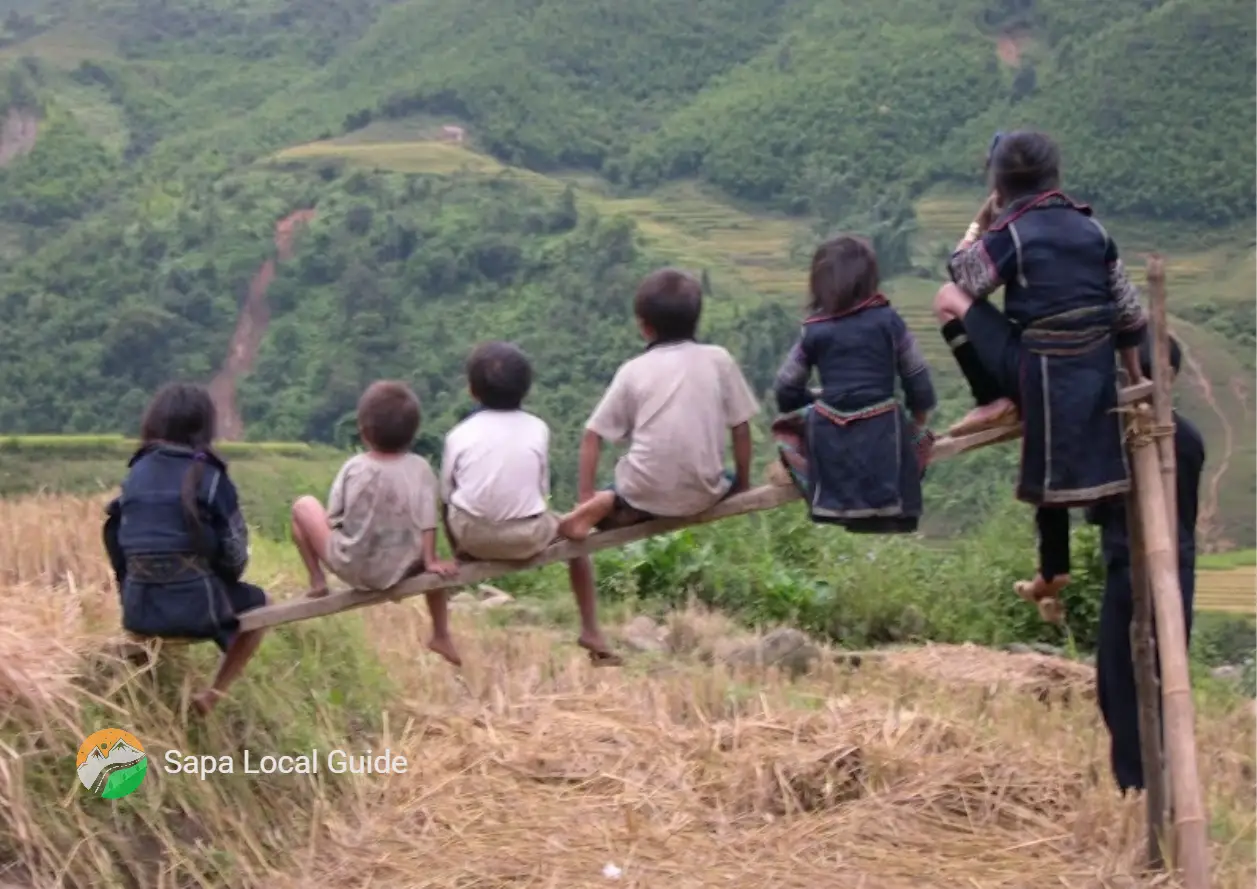
The Red Dao people in Sapa are second only in number to the Hmong people. The most crowded place of Red Dao people in Sapa is Ta Phin village. This village still preserves the cultural beauty and traditional customs of the Red Dao people, so it also receives a lot of attention from tourists who come here to visit and fully understand their Sapa trip.
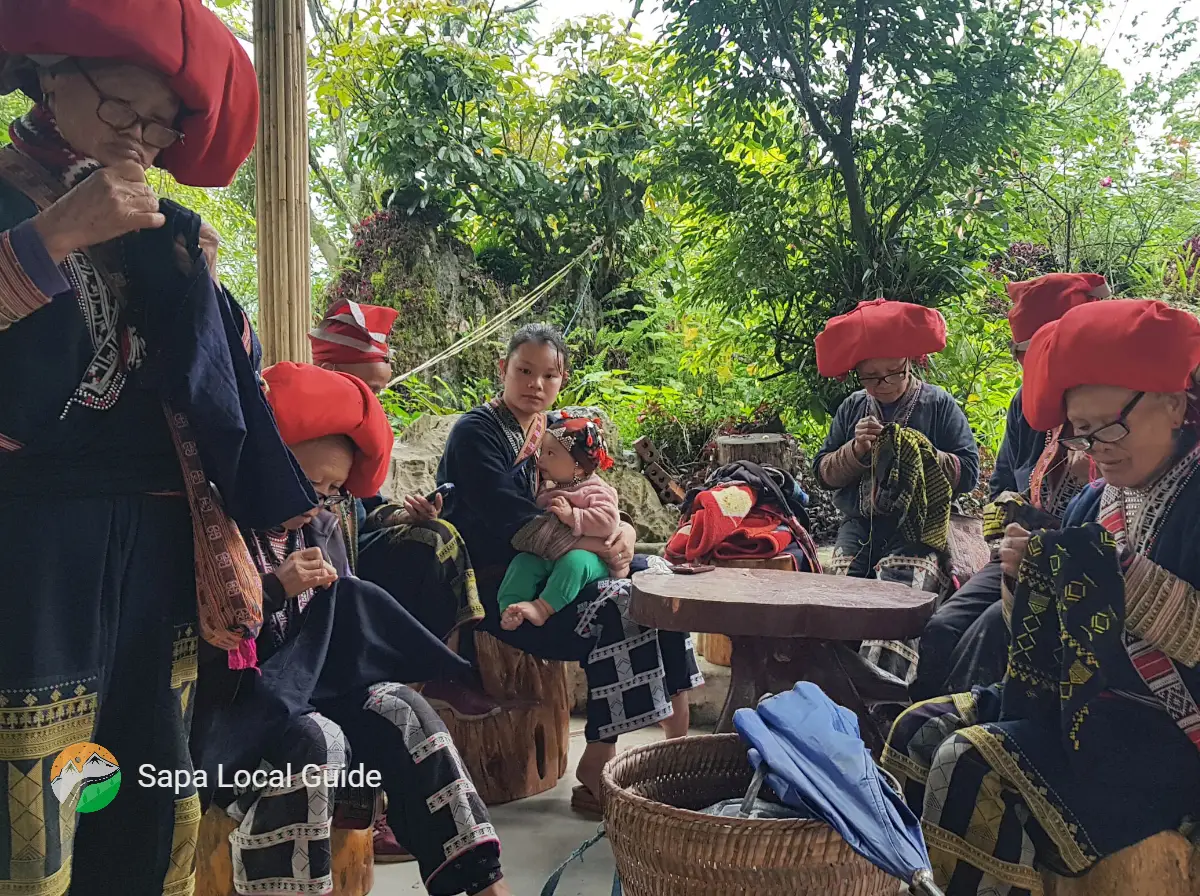
You can easily recognize the Red Dao people living in Sapa through their costumes. The Red Dao people often wear traditional costumes with colorful colors, men often tie their hair in a bun at the back of their neck, and wear short shirts of indigo or black color. Red Dao women's costumes are very colorful with 5 colors and red is the main color. The hair of Red Dao women is long and wrapped around the head with a triangular scarf with a characteristic red color.
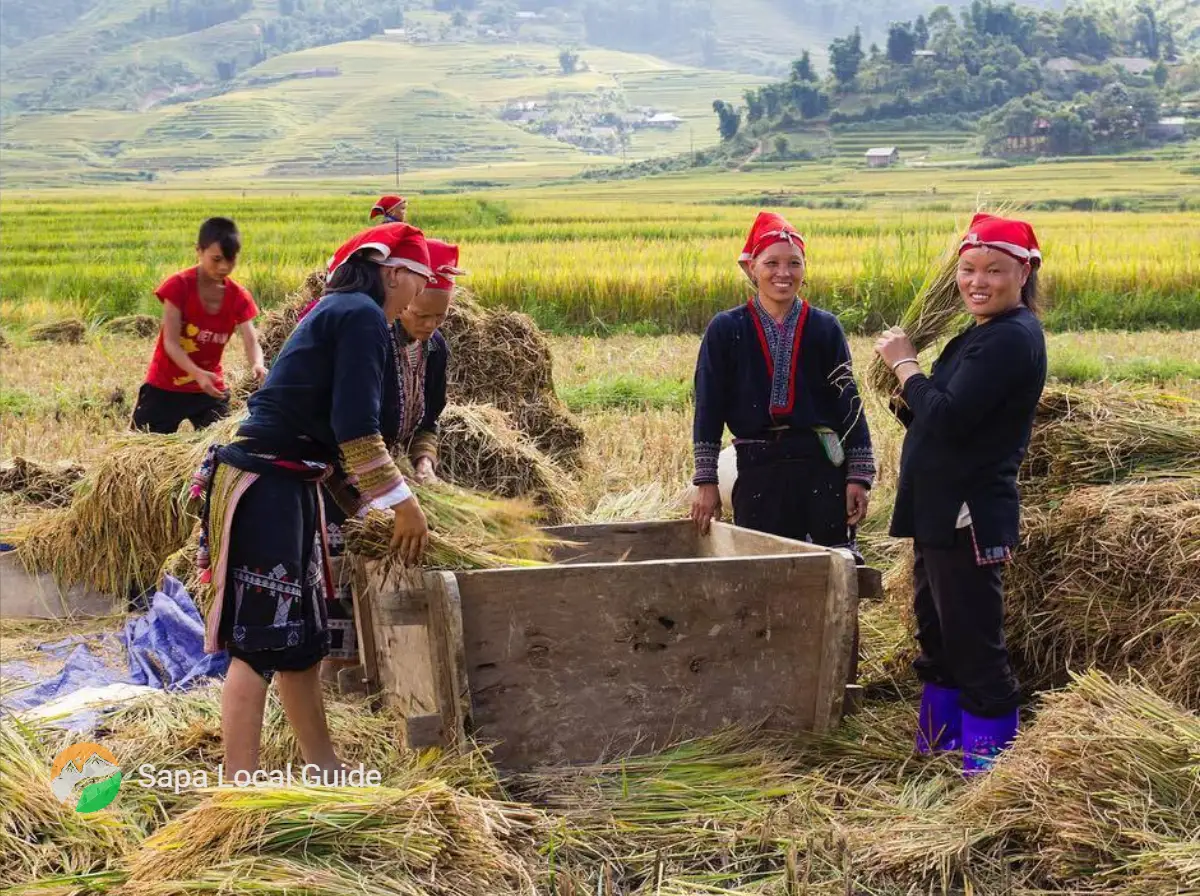
The Red Dao people often choose valleys or mid-mountains as places to build their homes. Choose a lower location to build a house with the purpose of growing rice, corn and fruit trees more easily and conveniently for people. The houses of the Red Dao people are usually built of earth with 3 or five rooms with 2 kitchens, one to warm family members in the cold winter, the other to cook. The Red Dao people often have the habit of storing dry food in their kitchens to use when needed and avoid difficult times.
The ceremony is the most typical, unique, and meaningful festival for the Red Dao people. The ceremony was held with the purpose of recognizing the descendants of “Ban Vuong” – the ancestors of the Red Dao people. Sons of the Red Dao people must perform a ceremony to grant 3 lamps or higher to be recognized as descendants of the Red Dao people (usually there are levels of 3 lamps, 7 lamps, 12 lamps). This is a highly educational festival for the descendants of the Red Dao people, hoping that they will always remember their roots and ancestors. If you want to participate in this water wading ceremony of the Red Dao people, you can go to Sapa at the end of the year in November or December every year – the free time of the Red Dao people.
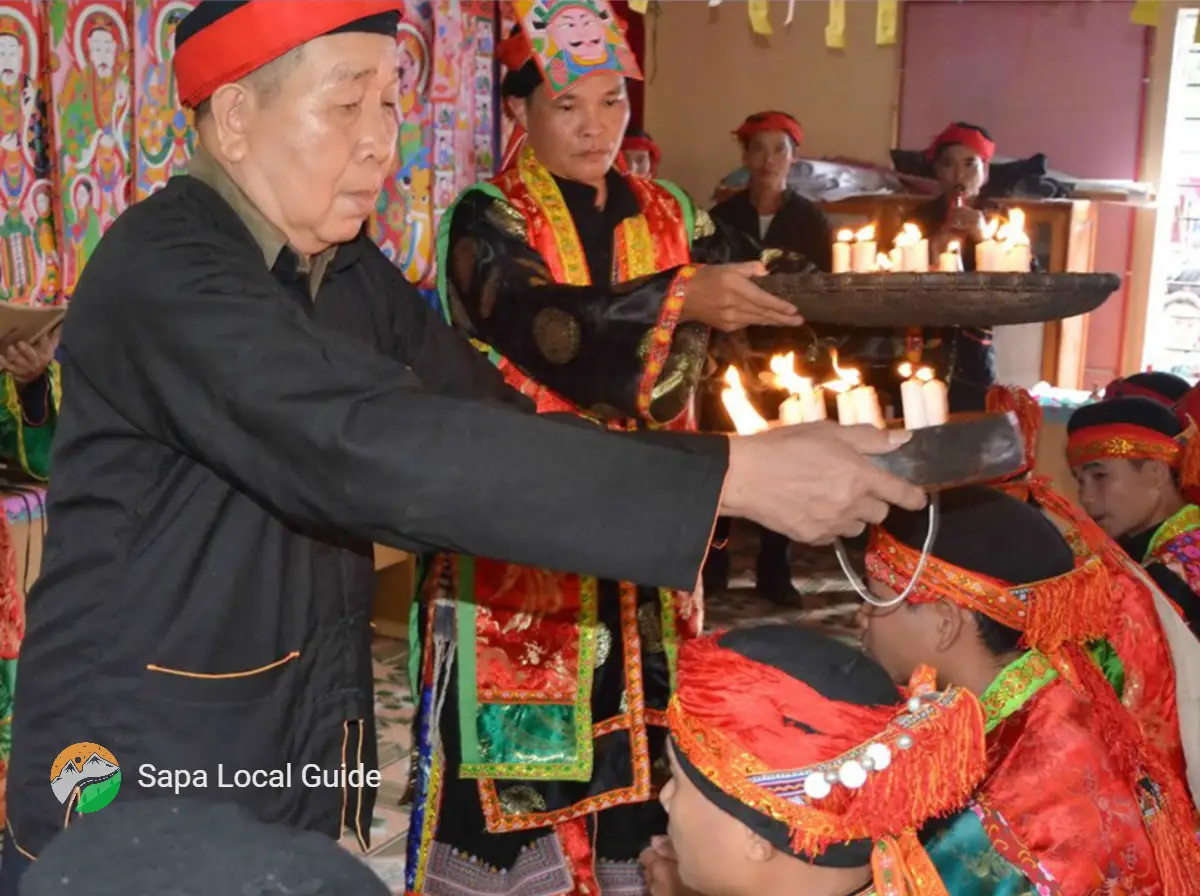
Behind the H'mong and the Red Dao people in the number of people living in Sapa, the Tay people are the third most populous ethnic minority in this Northwest region. The Tay ethnic group is one of the ethnic groups that formed very early in Vietnam, the Tay people use the Tay Thai language. Tay people often concentrate mainly in the southern communes of Sapa such as Ban Ho, Nam Sai, Thanh Phu and often in valleys with many fertile rivers and streams in Sapa.
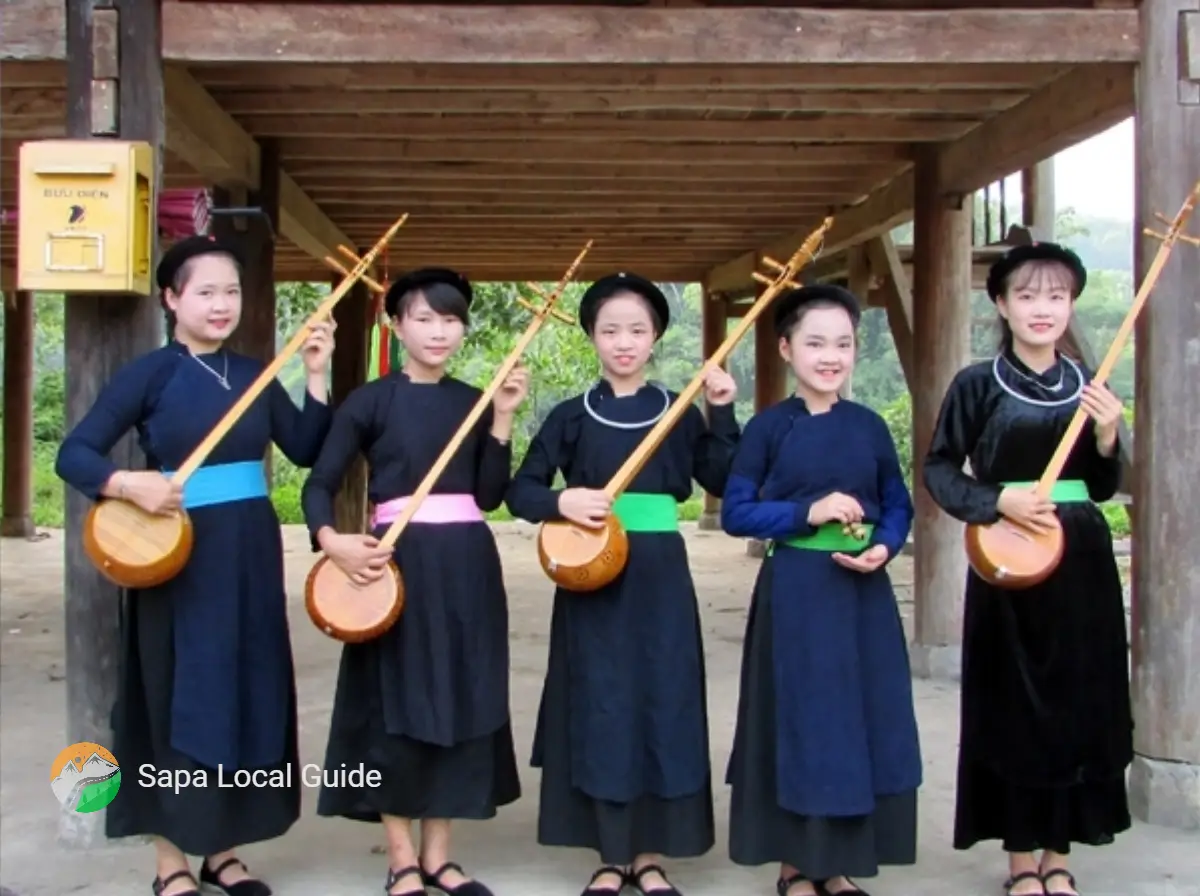
The traditional costume of the Tay people is easy to recognize because the design is quite simple. Tay men and women wear four-piece blouses with chest slits in dark indigo or dark blue, round collars with two pockets on the front, and wide fabric belts wrapped around the waist with lots of sequins. On festivals and New Year days, the Tay people wear a five-armed ao dai that must have mustard or copper buttons.
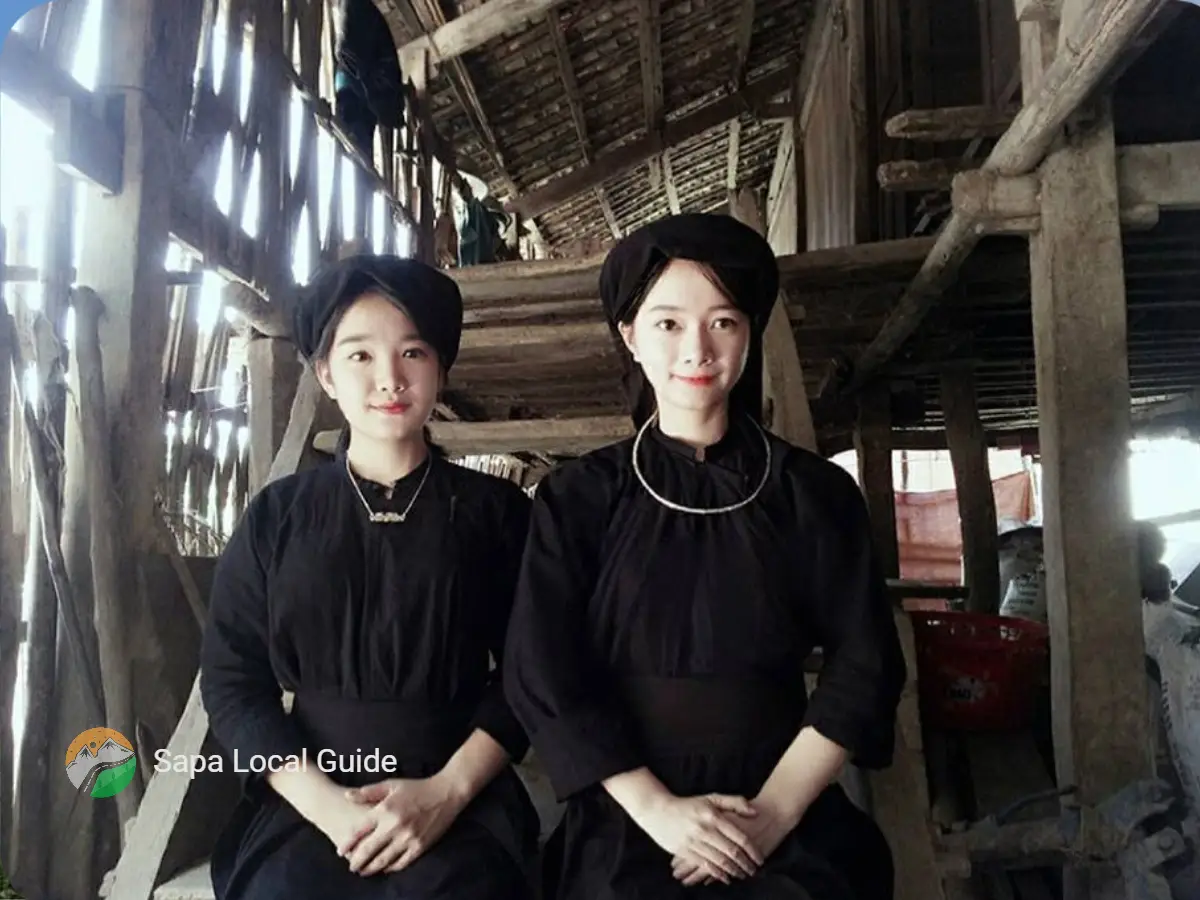
The Tay people are famous for their folk songs, singing luon and singing everywhere. Singing everywhere is similar to singing quan ho of Bac Ninh people, while singing luon is often performed on festival nights when guests from many places visit. The traditional festival of the Tay ethnic people in Sapa is usually held in January every year called Long Tong festival in Ta Van village with the hope that Shen Nong will bring the Tay people good crops and a warm life. full and happy.
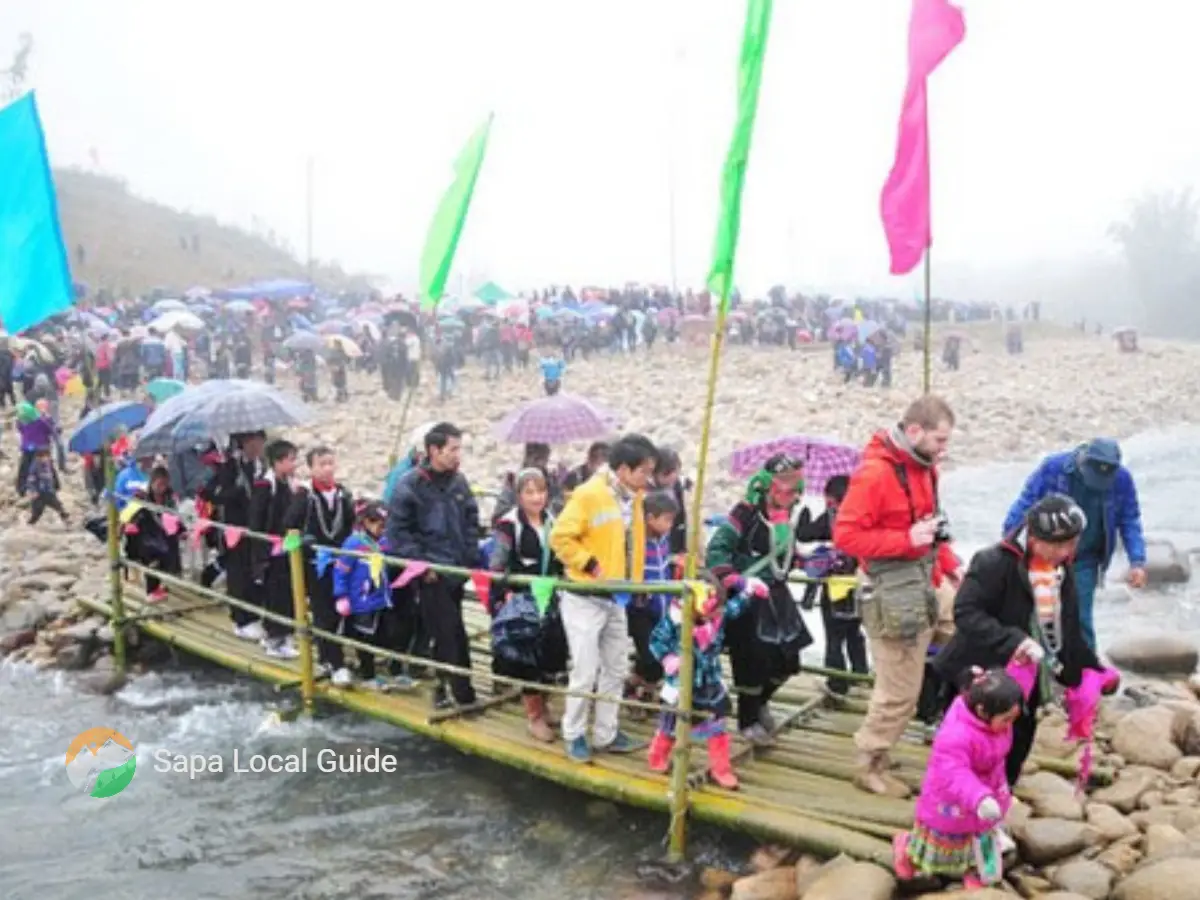
If you want to learn about the customs and culture of the Tay people, you can go to Ho village. Coming here, visitors on the Sapa Local Guide tour, will have the opportunity to experience the life of the Tay people through the daily activities of local people such as sleeping in stilt houses, and often enjoying specialties such as stream fish and armpit pork. Or spin and weave brocade by yourself, participate in the entertainment activities of the Tay people such as Xoe dancing, bamboo dancing…
The Giay ethnic group in Sapa is concentrated mainly in villages around Ta Van valley. This is a village that many tourists visit often when traveling to Sapa because the cultural beauty blends with unique natural beauty. Giay people often live in valleys for convenience in raising livestock and taking care of crops. In addition to growing ordinary rice, Tay people often raise chickens, ducks, horses, and buffaloes to earn money for their families.
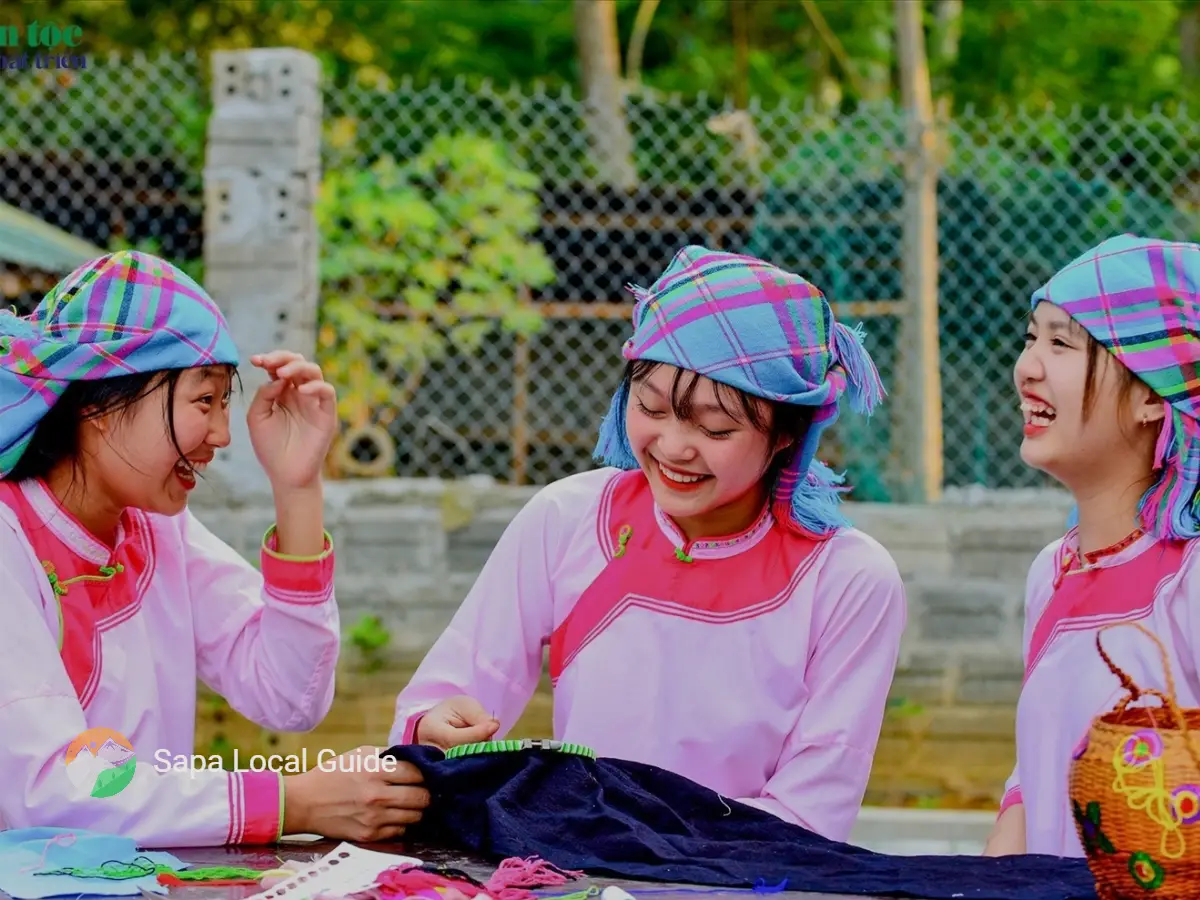
The costumes of the Giay people are not as elaborate as the Red Dao people, but are very simple with little embroidery, only colored cloth bands around the neck and hem. The Giay people cook rice quite meticulously, often boiling the rice until it's almost done, then putting it in a pot to let it cook completely and using the rice water to drink.
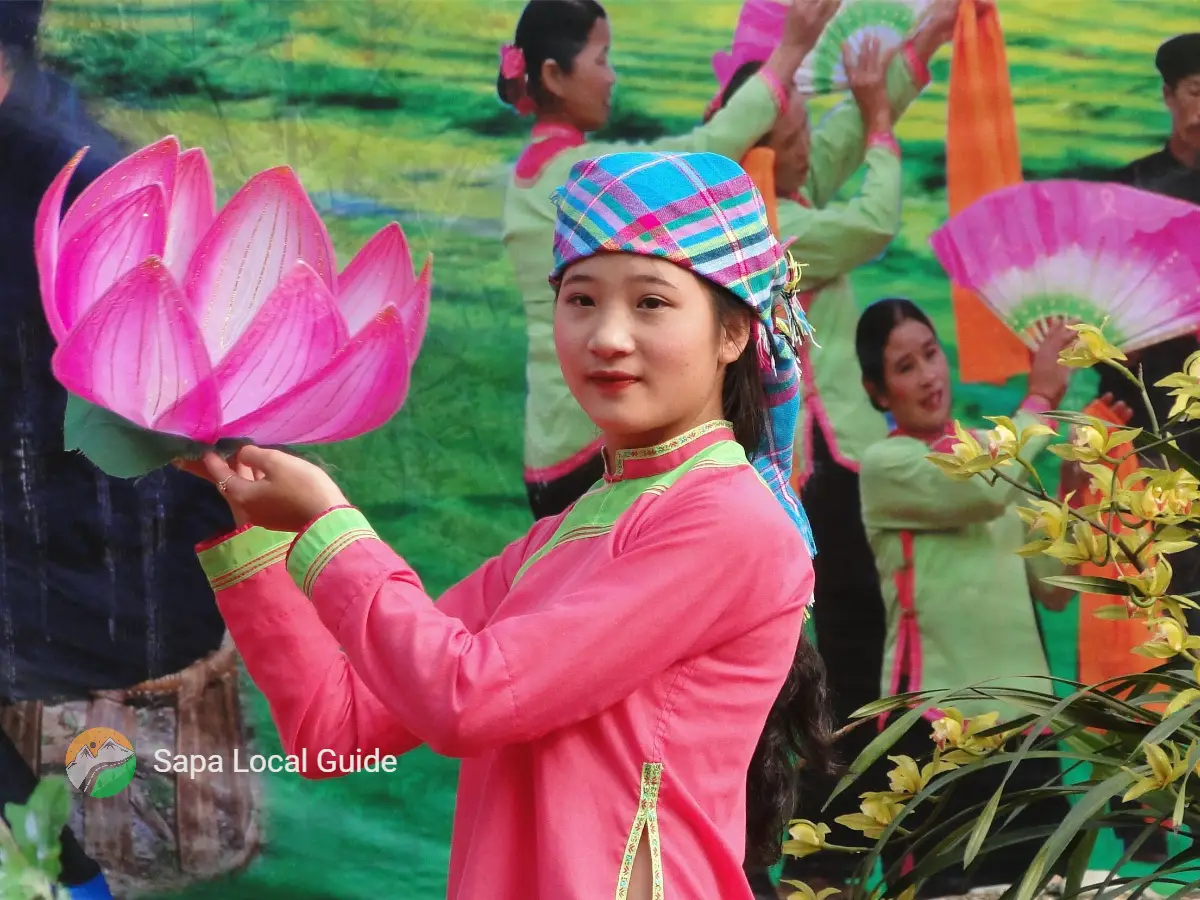
The biggest festival of the Giay people in Sapa is the “Giong Pooc” festival, which takes place in January every year with the desire to pray for a new year with good harvests, good weather and wind, and people living prosperously and happily. happiness. The Giay people have a rich literary treasure, folk songs, and stories to explain natural phenomena. If you want to participate in the festival of the Giay people, you can arrange a time to travel to Sapa at the beginning of the new year.
The Xa Pho ethnic group sounds very strange to most Vietnamese people because this is an ethnic group belonging to the very small Phu La ethnic group. In the entire country of Vietnam, the number of people belonging to this ethnic group is only 4,000 people. In Sapa, there are not too many Xa Pho people living. Xa Pho people usually live in villages in Nam Sai commune in the south of Sapa district. This is a remote land with difficult roads, so it has little contact with other densely populated areas in Sapa
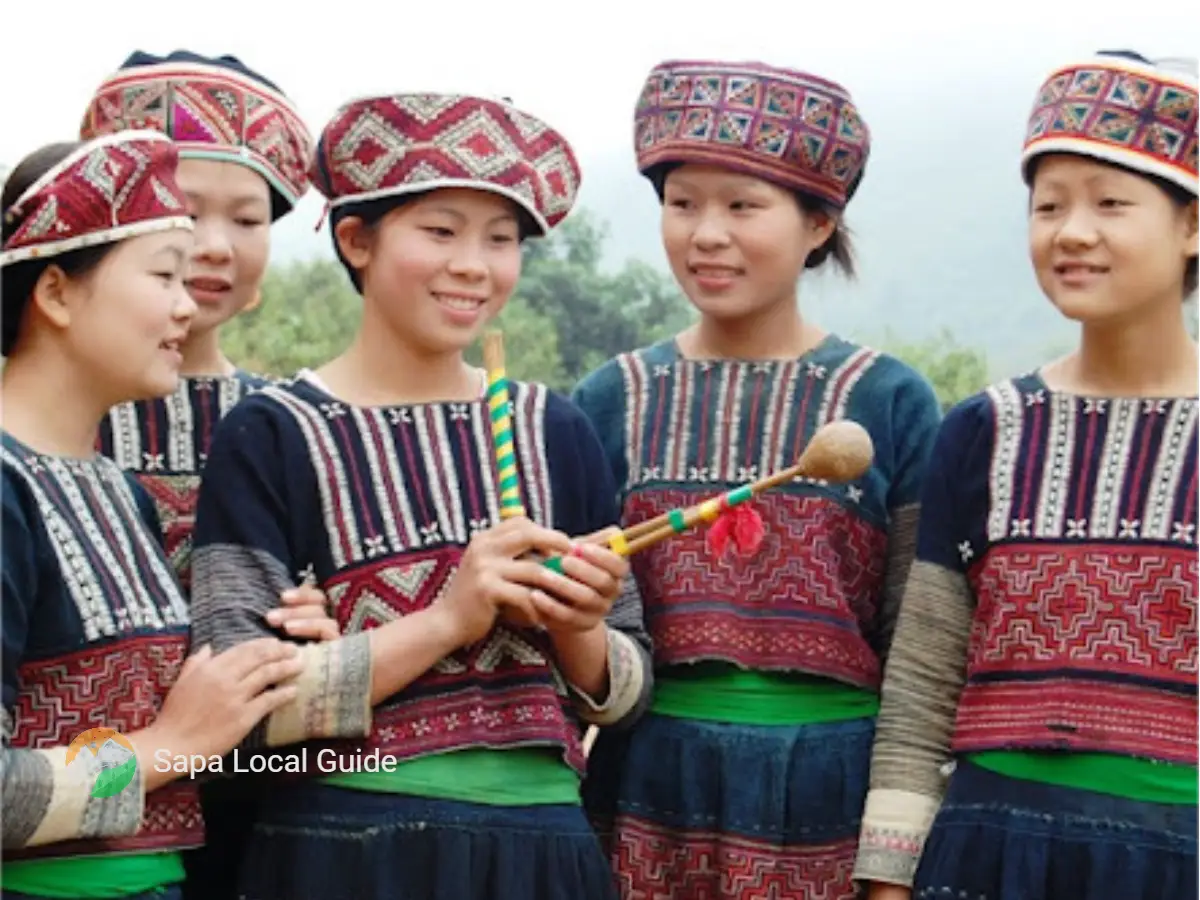
The Xa Pho people, like most other ethnic minorities, make a living mainly by farming. The Xa Pho people who cultivate the fields and hills together are very united and attached. The traditional house of the Xa Pho people is a stilt house with small sheds for granaries. In addition to farming, Xa Pho people also raise cattle and poultry, grow cotton, weave cloth, and weave rattan and bamboo to earn income.
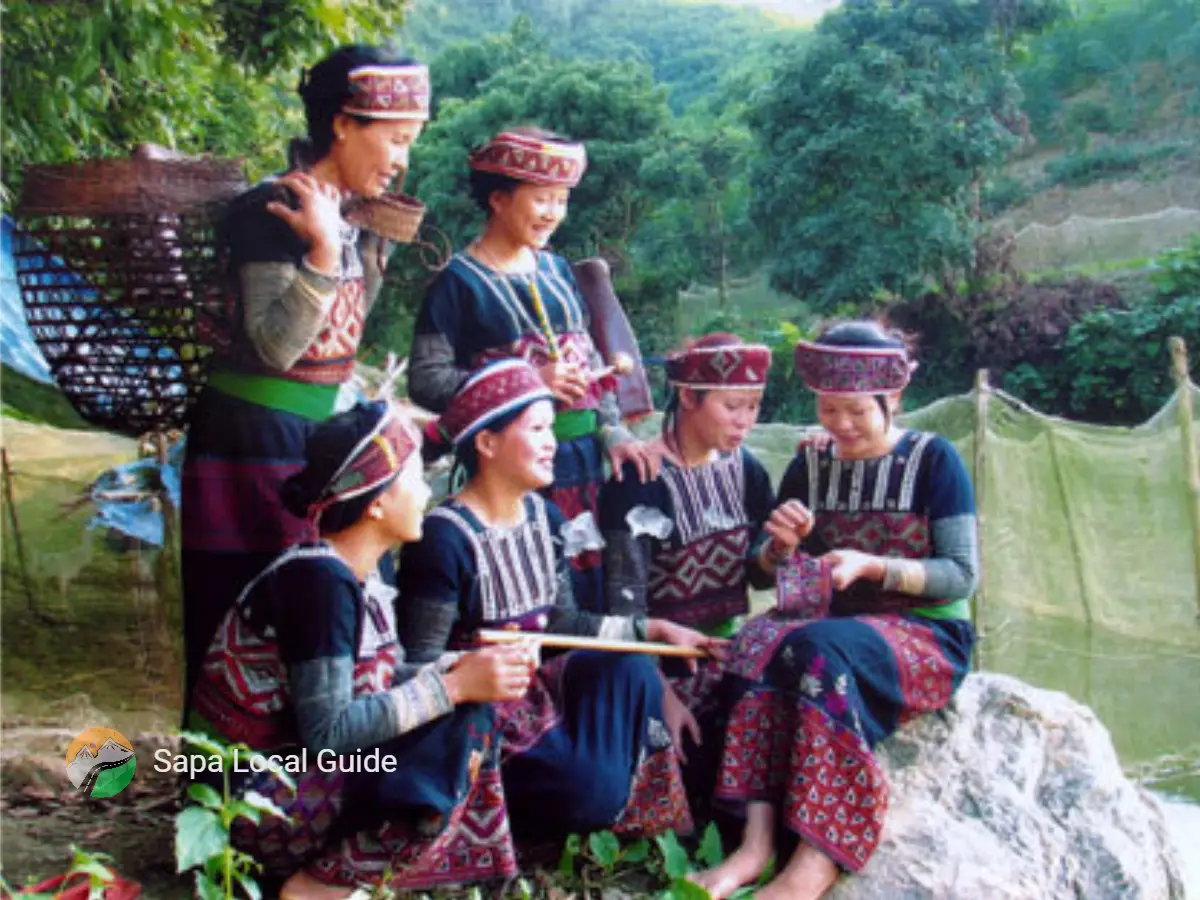
Above is an introduction to the ethnic groups living in Sapa today. In addition to discovering the stunning natural beauty of Sapa, learning about the cultural beauty of Sapa through the ethnic groups living here is also an experience. memorable for domestic tourists and international friends. A trip to Sapa not only helps you relax and admire beautiful scenery, but is also an opportunity for Vietnamese peoples to understand each other and unite, love each other more, understand cultural diversity, and cherish traditional values. nation's tradition.
If you are a person who likes to learn and experience the rich and friendly culture of ethnic groups, please experience with us Sapa Local Guide on trips. Our tour guides will show you the friendliness and Hospitality of tourists in Sapa. If you are interested, don't forget to visit our website. https://sapalocalguide.com/ contact us via email at info@sapalocalguide.com, WhatsApp +84949560504 or by phone +84949560504. for more information.
Sapa 1 Day

1 day experience,Rice fields, valley, villages. Moderate to challenging, Private,Vegan-friendlyCultural immersion & active adventure
Motorbike Tour

1 day experience,Rice fields,waterfall.Challenging,Private tours friendly Cultural immersion, active adventure
Sapa 2 Days

2 days 1 night experience. Moderate to challenging, adventure. Mountains, valleys, rice fields and villages. Vegan-friendly
Sapa 3 Days

3 days 2 night experienc, Moderate to challenging. Mountains, valley, rice fields & villages. Private tours. Vegan-friendly
Complete with itinerary, destinations, food, accommodation and tips!
